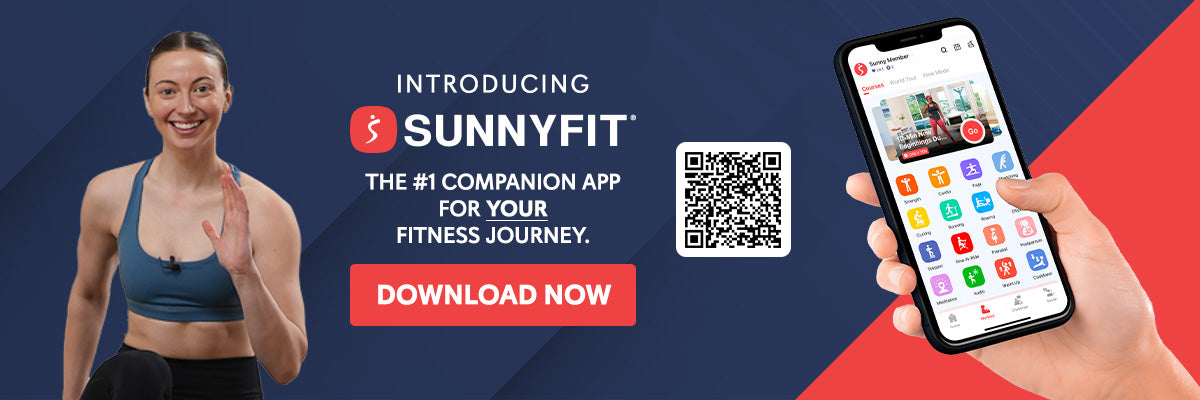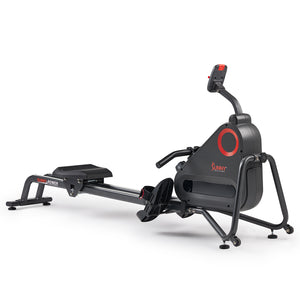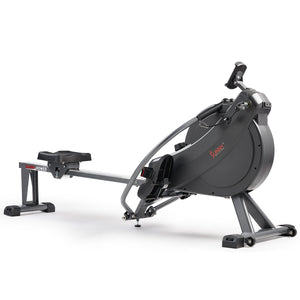The rower is a versatile and effective fitness machine that provides a full-body workout. Whether you're a beginner or an experienced rower, mastering the rowing machine can help you improve your cardiovascular fitness, build strength, and enhance your overall endurance. This blog article will explore different rowing strategies, training modes, and techniques used in rowing for sport. Additionally, we will compare rowing on a machine to rowing in a water sport like regattas(1).
Outdoor Rowing
A regatta is a competitive event involving boat racing. It usually occurs on water, like a river or a lake. Participants are often organized into teams or crews, using oars or paddles to propel their boats forward and compete against each other to reach the finish line in the fastest time. Regattas can vary in scale and include various types of boats, such as rowing shells, sailboats, or powerboats. It is a thrilling and visually captivating sport that showcases skill, teamwork, and speed on the water. Dragon boat racing, kayak racing, crew racing, sweep rowing, sculling, and an eight race, a race with eight rowers propelling a boat with a coxswain, all encompass rowing fitness. These are just a few examples, but many other various categories of rowing races are part of a regatta, and each type of race has its own specific rules and equipment requirements. A rowing machine is a versatile and effective piece of equipment that can mimic the experience of rowing outdoors and provide a workout that can help train for these regattas.
Indoor Rowing
A rowing machine is also known as an ergometer or rower. It is a great choice for fitness beginners for several reasons. One reason is that rowing machines are relatively easy to use. The basic rowing motion involves pushing with the legs, pulling with the arms, and engaging the core. While proper technique is important, it can be quickly learned and mastered with practice, so it's a great low learning curve for beginners. Another reason rowing is great for beginners is that it is a full-body workout. Rowing engages multiple muscle groups simultaneously and works the legs, core, back, arms, and shoulders, providing a comprehensive and efficient workout. It is also great for individuals with joint issues who want to engage in cardiovascular exercise without excessive strain.
Rowing is also an excellent aerobic exercise that improves cardiovascular fitness. It increases the heart rate and the lung capacity, effectively strengthening the heart and improving overall endurance(2). Rowing machines also allow you to customize and adjust the resistance level and intensity, making it suitable for individuals of different fitness levels. Beginners can start with lower resistance and gradually increase it as they build strength and endurance. The adaptability makes rowing machines suitable for a wide range of fitness levels. They also offer time-efficient workout options. Since rowing engages multiple muscle groups simultaneously, you can burn calories and improve fitness in less time than exercises that isolate specific muscle groups. Rowing machines also require minimal resistance and minimal maintenance and can be used at home or in a gym setting. They are relatively compact and can be folded for storage, making them convenient for beginners who want to exercise at home.
Tracking Your Workouts
Rowing on a machine can involve various strategies and metrics. Some important metrics to consider are strokes per minute (SPM), split time, and stroke rate for distance and time. These metrics help track your performance and progress during training.
Distance-based training is another approach where the focus is on pacing and achieving a specific distance goal while maintaining a consistent pace on the rower. This type of training helps in building endurance and improving overall rowing performance.
In addition to different training strategies, there are also various rowing techniques. For example, in CrossFit, rowing goals can be set based on meters or calories. Specialty rowing gyms offer classes where instructors teach proper rowing techniques and guide participants through rowing workouts.
At Sunny, we provide rowing classes on our SunnyFit app. Our virtual instructors are trained and certified to lead you through engaging and effective rowing sessions. These classes are designed to help you improve your rowing skills, enhance your fitness levels, and achieve your fitness goals.
Master Your Rowing Form
Mastering the row machine requires a combination of using proper technique, understanding different rowing strategies(3), and incorporating various training modes. Whether you're rowing for fitness, sport, or competition, the row machine offers a challenging and effective workout. By implementing the strategies and techniques discussed in this article, you can enhance your rowing performance, reach your fitness goals, and enjoy the benefits of this dynamic exercise machine.
Proper execution and technique are crucial when using a rowing machine to maximize the benefits and minimize the risk of injury. Here are some main tips and cues for maintaining proper form:
- Starting Position: Sit on the rowing machine with your feet securely strapped in the footrests. Grab the handle with an overhand grip, keeping your arms fully extended.
- Posture: Maintain an upright posture throughout the rowing motion. Sit tall with your shoulders relaxed and your back straight. Avoid slouching or rounding your back.
- Leg Drive: Initiate the rowing stroke by pushing with your legs. Drive through your heels and extend your legs while keeping your arms straight. This movement should be powerful and controlled.
- Body Swing: As your legs reach full extension, lean back slightly from your hips, engaging your core muscles. Ensure that your back remains straight and avoid over-arching. This body swing helps transfer the power from your legs to the upper body.
- Arm Pull: Once your body is leaning back, pull the handle towards your lower ribs by bending your elbows. Keep your wrists straight and avoid excessive wrist flexion or extension.
- Finish Position: When pulling the handle towards your body, aim to have your hands just below your chest, with your elbows pointing back and slightly out to the sides. Your torso should be leaning back, and your legs fully extended.
- Recovery Phase: Reverse the sequence by extending your arms first, followed by leaning your body forward from the hips. Finally, bend your knees to return to the starting position, ready for the next stroke.
- Breathing: Breathe naturally throughout the rowing motion. Exhale during the leg drive and arm pull and inhale during recovery. Think of “inhaling” as you come towards the monitor of the machine and then “exhaling” or “blowing the machine away” as you extend away.
- Smooth and Controlled Movements: Focus on maintaining a smooth and controlled motion throughout the entire rowing stroke. Avoid jerky or sudden movements.
- Monitoring Resistance: Adjust the resistance level on the rowing machine based on your fitness level and goals. Start with lower resistance as a beginner and gradually increase it as you gain strength and proficiency.
Remember to warm up before rowing, start out with shorter sessions, and gradually increase the duration and intensity as you are able to tolerate it. Consider working with a certified rowing instructor or trainer to learn and refine your technique if possible.
Always prioritize safety, maintain proper form, and gradually increase the intensity and duration of your rowing workouts to keep progressing your fitness level. Embrace the challenge, stay consistent, and unleash your full potential on the rowing machine!


(1) Amara, P. (2022, June 6). What Is a Regatta in Rowing? (Explained for Beginners). www.rowingcrazy.com. https://www.rowingcrazy.com/what-is-a-regatta/. Accessed 4 September, 2024.
(2) Temraz, A. (2021). The effectiveness of using a rowing machine for developing aerobic capacity and technical skills in rowing. The International Scientific Journal of Physical Education and Sport Sciences, 0(0). https://doi.org/10.21608/isjpes.2021.105271.1069. Accessed 4 September, 2024.
(3) Smith, H. K. (2000). Ergometer Sprint Performance and Recovery with Variations in Training Load in Elite Rowers. International Journal of Sports Medicine, 21(8), 573–578. https://doi.org/10.1055/s-2000-8476. Accessed 4 September, 2024.































Add Your Name & Email
Please enter your name and email to continue.We won’t display your email publicly.
2 comments
I appreciate the information on technique and realize mine needs improvement. Thank you!
I am an iron worker in Chicago I had back surgery major surgery. I purchased a road machine from Sunnyside the most least expensive.
This tool got me back to work and I feel fantastic. Thank you so very much.